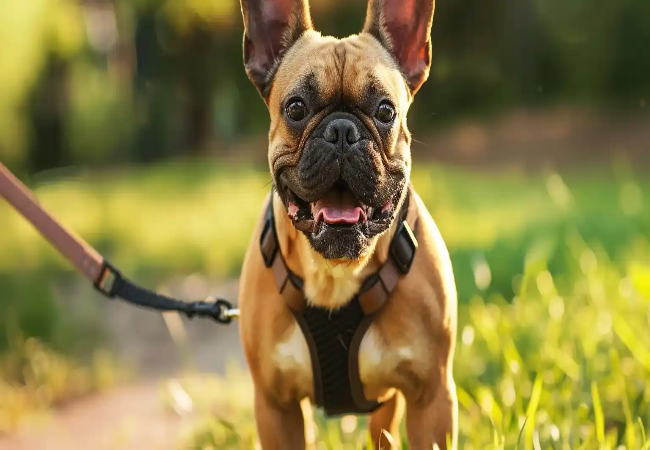Do Harnesses Cause Shoulder Injuries? Vet Insights 2025 🐕🩺

In this article
Do Harnesses Cause Shoulder Injuries? Vet Insights 2025 🐕🩺
By Dr. Duncan Houston BVSc
You’ve probably heard the concern: “Harnesses restrict movement and cause shoulder damage.” It’s a hot topic online—especially in active dog forums. But is it true?
As a veterinarian and founder of Woopf, I’ve treated thousands of dogs with musculoskeletal problems—and I can tell you: not all harnesses are created equal. The wrong one can cause problems. The right one can prevent them.
This article breaks down the science behind shoulder safety, the types of harnesses to avoid, and why the Woopf Explorer Harness is built for movement—not restriction.
🧠 What’s the Concern with Harnesses and Shoulders?
Some harnesses wrap across the chest and lie directly over the scapula (shoulder blade). This can:
- ❌ Limit stride length
- ❌ Cause abnormal gait patterns
- ❌ Lead to long-term compensation injuries (hips, spine, wrists)
The risk is higher for:
- 🔺 Working breeds (e.g. Border Collies, GSDs)
- 🔺 Active dogs who jog, hike, or run off-lead
- 🔺 Young dogs still developing joint stability
📚 What the Research Says
According to studies from PubMed and the Journal of Veterinary Behavior:
- Harnesses that cross the front of the shoulder can reduce the range of motion by up to 30%
- Restricted shoulder movement can cause compensatory strain in the spine and forelimbs
- Y-front harnesses that sit between the legs and across the sternum do not cause measurable gait change
🚫 Harnesses to Be Cautious Of:
- ❌ Step-in harnesses with horizontal chest bands
- ❌ Strap-only designs that lack padding or flexibility
- ❌ Wrap-style models that sit over the scapula
These designs may “control” pulling—but they do it through restriction, not behavior-based redirection.
✅ Why the Woopf Explorer Harness Is Built for Movement
The Explorer Harness is a true Y-front design—tested and approved by vets and active dog owners alike. It features:
- ✔️ Chest plate that sits below the neck and between the legs (no shoulder contact)
- ✔️ Full limb freedom for walking, running, and play
- ✔️ Padding to protect joints from friction and straps from digging
- ✔️ Front clip to reduce pulling without adding resistance to the body
Pro tip:
If your dog runs, swims, or does sports like agility or hiking, avoid any harness that crosses the shoulder.
💬 What Dog Owners Say
“I used to notice stiffness after walks with other harnesses. Since switching to Woopf, my Staffy moves more freely and recovers faster.” – Clare J.
“Our vet told us to stop using a front-band harness. Woopf was the only one we found that gave support and full shoulder movement.” – Anthony V.
🛍️ Vet-Approved Movement-Friendly Gear
- Explorer Harness – Freedom of movement + no-pull control
- Bungee Lead – Reduces leash shock without jerks
- Sealskin Waterproof Collar – Lightweight and low-friction
Final Thoughts
Not all harnesses harm shoulders—but some absolutely do. If your dog is slowing down, rubbing at straps, or walking stiffly after exercise, check the gear first.
Woopf was built by a vet to protect what matters most: your dog’s health, movement, and happiness.



